Category: Local Archaeology
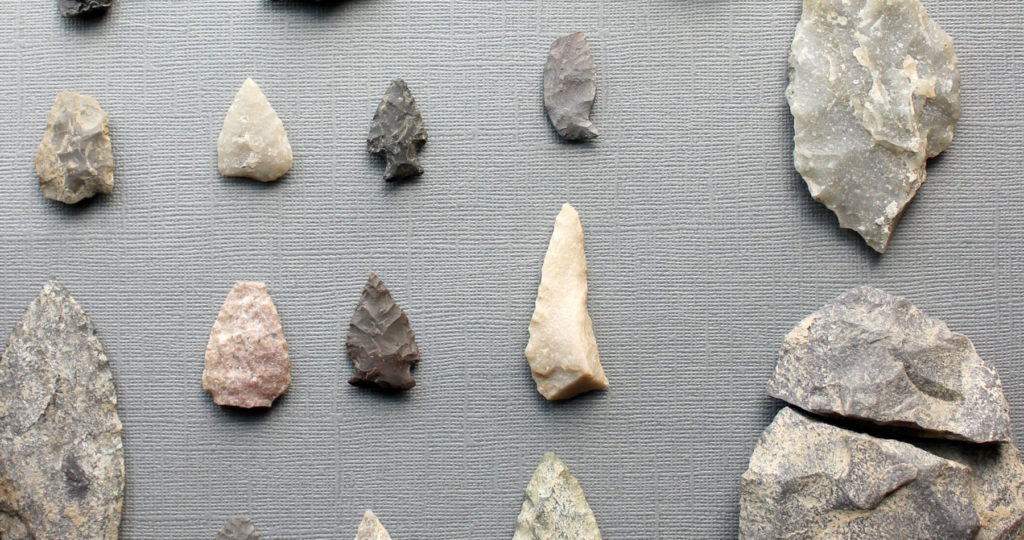
May 17, 2016
The Brazeau Reservoir Archaeological Survey Project
The Brazeau Reservoir Archaeological Survey is a project hosted by the Strathcona Archaeological Society, and is sponsored by Tree Time Services. It currently is centred around a large campsite and workshop on the upper valley margin at the confluence of the Brazeau and Elk Rivers, located near Drayton Valley and Rocky Mountain House. The main
Keep Reading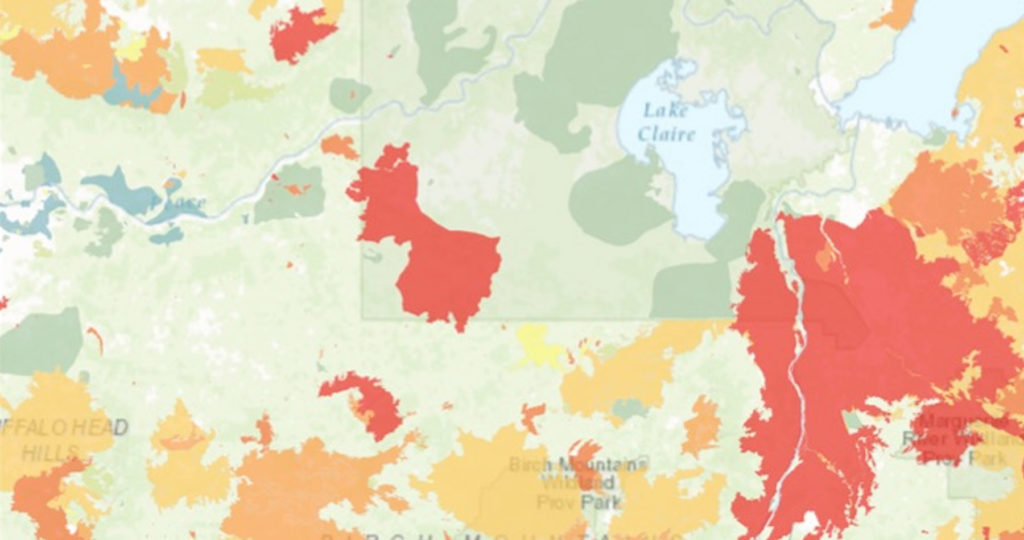
May 16, 2016
The Archaeology of Wildfire
This is a guest post by Christina Poletto, a Master’s student with the Institute of Prairie Archaeology at the University of Alberta Department of Anthropology. She’s studying the palaeoenvironmental signature of wildfire, to look for signs of pre-historic controlled burning by indigenous societies in northeastern Alberta. Fire is almost a constant in Alberta’s north, and its impact
Keep Reading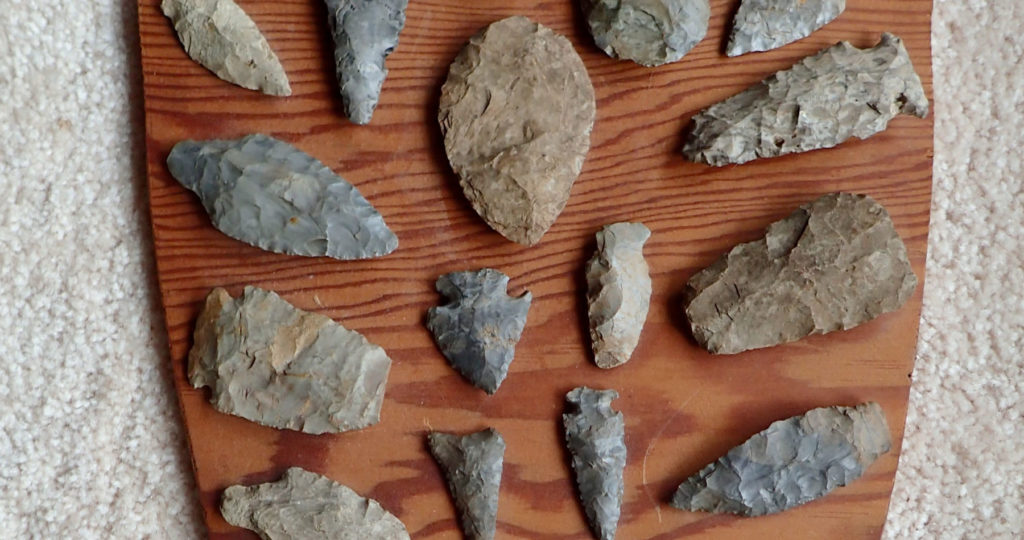
April 18, 2016
What should I do if I find an arrowhead?
It is not uncommon for farmers, gardeners and outdoors-men and women to find artifacts like arrowheads, spear points, stone axes and hammerstones. Farmers often find them in their fields after plowing. In fact many farmers have more impressive artifact collections than a lot of museums do! Click here to read about some of Alberta Culture’s
Keep Reading
April 12, 2016
Archaeology on Deer Mountain
On Friday, April 15th at 7 PM Tree Time Services Sr. Project Archaeologist Kurtis Blaikie-Birkigt will be presenting at the High Prairie and District Museum on ongoing research on Deer Mountain, Alberta. On the weekend, Tree Time will be at the High Prairie Gun & Sportsmen’s show with a display of artifacts and replicas to help identify your finds.
Keep Reading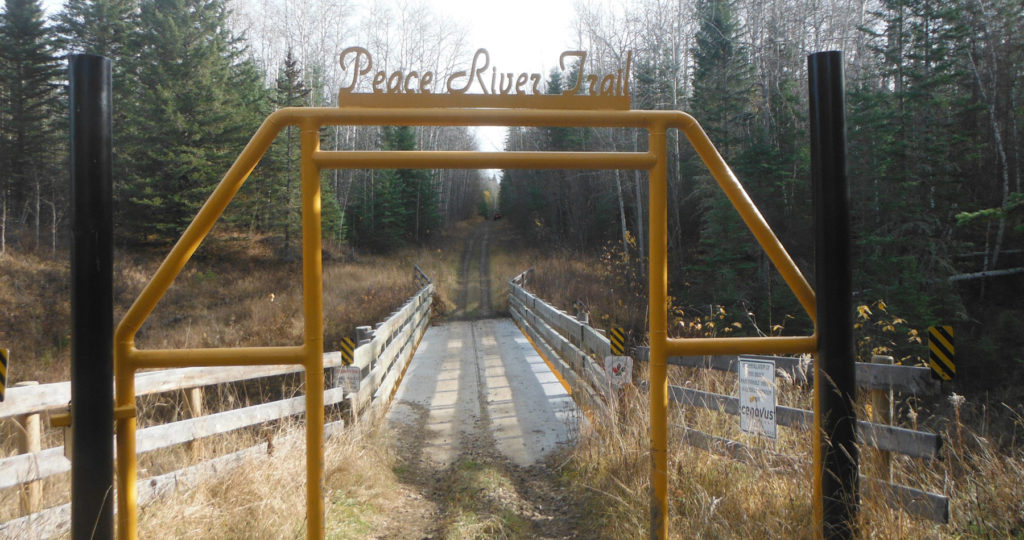
April 6, 2016
Checkout our Slave Lake Roadshow April 9, 2016
This Saturday, April 9, 2016, Tree Time archaeologists will be giving a presentation on some of our survey results in forestry developments along the historic Peace River Trail, which is located on the north shore of the Athabasca River between Smith and Sawdy, AB. This trail is now the modern Peace River Wilderness Trail, a
Keep Reading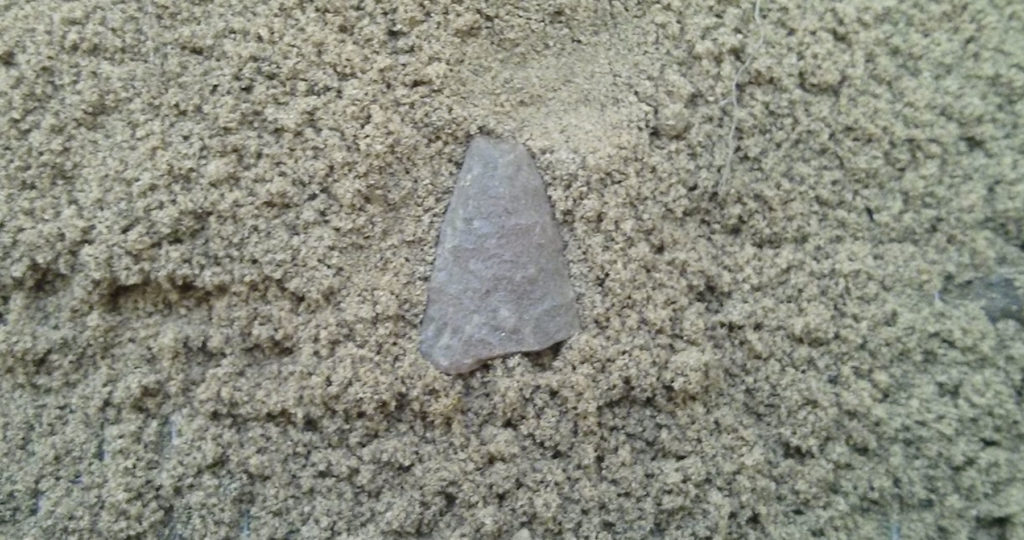
April 1, 2016
Archaeology of the Marten Creek valley
Last year (2015) archaeologists from Tree Time Services conducted surveys of a number of areas on the Marten Creek valley, from near the mouth of the creek at Lesser Slave Lake to the headwaters at Marten Lakes. These surveys were done in advance of forestry operations by Alberta Plywood and Tolko Industries Slave Lake mill.
Keep Reading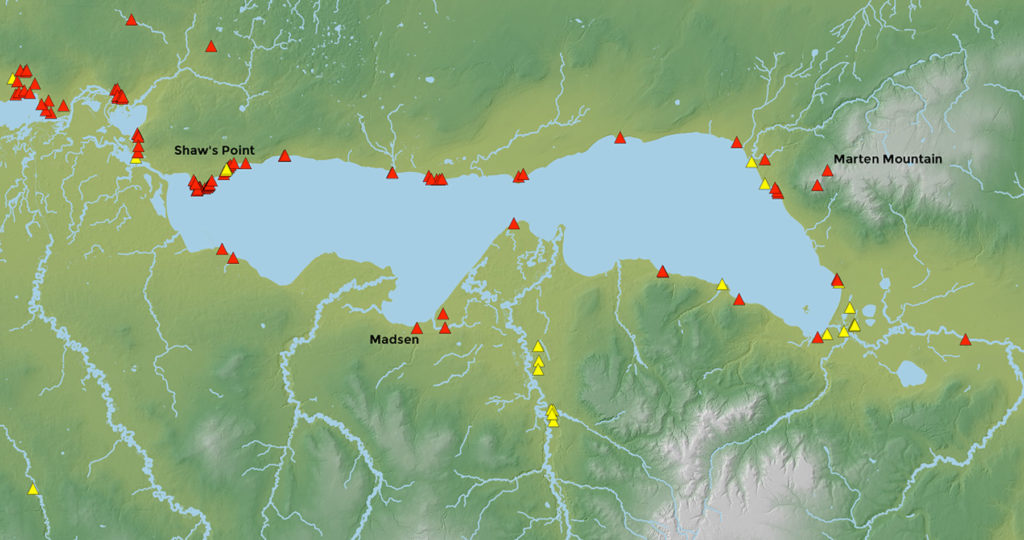
March 18, 2016
Early archaeology on Lesser Slave Lake
From 1979 to 1982, Dr. Ray LeBlanc, then Boreal Archaeologist with the Archaeological Survey of Alberta, conducted baseline surveys of the Lesser Slave Lake region. Before that time there were less than 1000 archaeological sites recorded in the entire Green Zone of northern Alberta (including the Grande Prairie region). Within the Lesser Slave Lake basin there were only
Keep Reading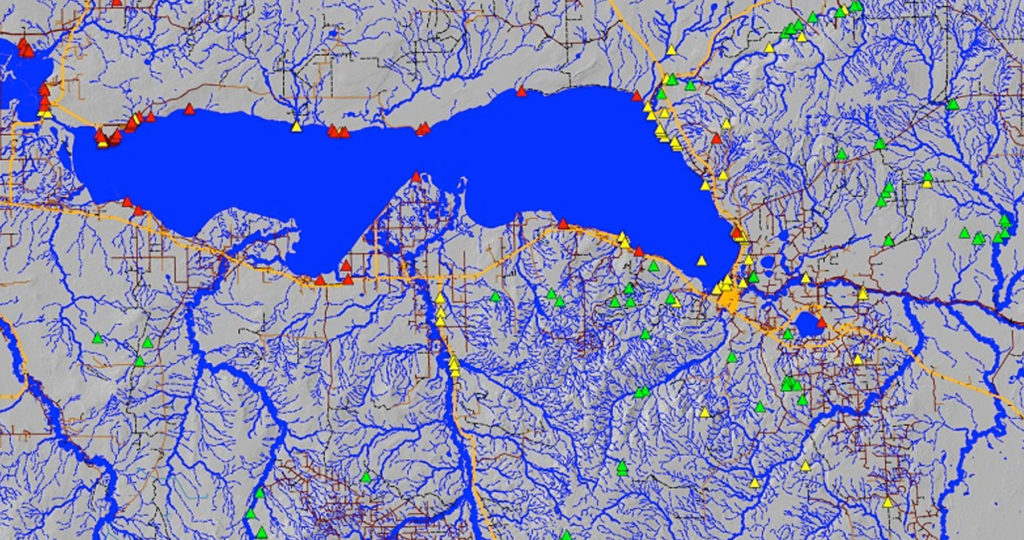
March 2, 2016
More archaeological research in the Lesser Slave Lake region
From 1979 to 1990 Dr. Raymond Le Blanc conducted archaeological surveys and excavations in the Lesser Slave Lake region, first as a member of the Archaeological Survey of Alberta, and later with an archaeological field school with the University of Alberta. These projects are one of the largest archaeological bodies of work in Alberta’s boreal
Keep Reading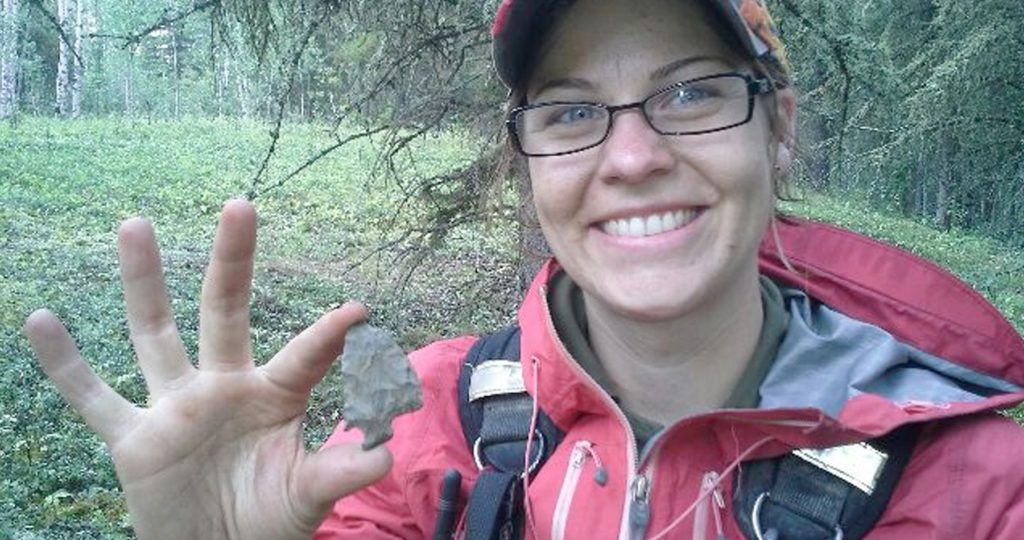
January 28, 2016
Why is Archaeology Important?
Archaeology provides us with the opportunity to learn about past cultures through the study of artifacts, animal bones and sometimes human bones. Studying these artifacts helps to provide us with some insight about what life was like for people who left behind no written record. In the case of historical archaeology the artifacts can help
Keep Reading